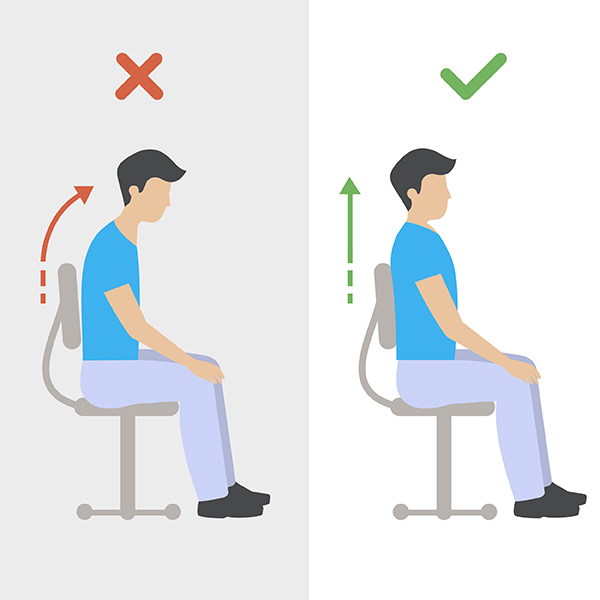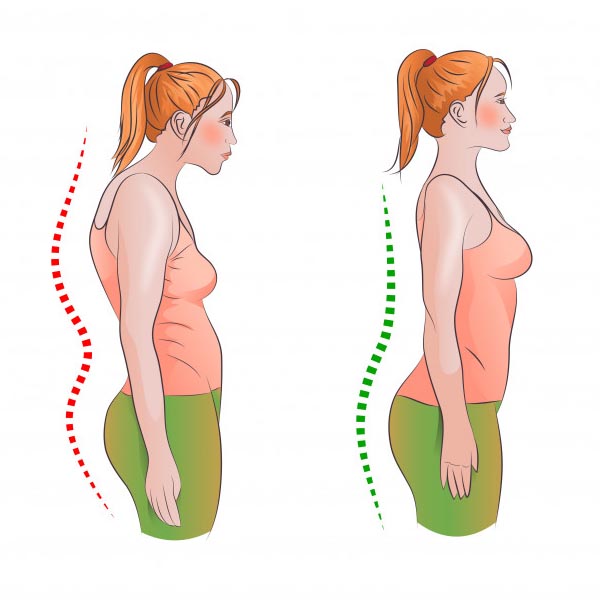
Ergonomics
Human factors and ergonomics is the application of psychological and physiological principles to the engineering and design of products, processes, and systems. Work station ergonomic assessments are also referred to as workstation assessments. These assessment ensure that a workstation is ergonomically designed to minimise the risk of injury and maximise productivity and efficiency.
In order to ergonomically assess a particular work station, it is necessary to evaluate a number of physical and environmental factors including desk height, screen height, elbow and thigh angle as well as noise, vibration, and heat, amongst many others.

The assessments are conducted by a health care professionals with training in OHS and Ergonomics.
- neck and upper back pain
- low back pain
- shoulder pain
- radiating arm and hand paresthesia (nerve pain)
- wrist pain
Specific stretches and exercises are provided to the client to reverse or prevent these clinical issues from developing. Ergonomic training can be provided for train the trainer and large office groups.
Ergonomic assessments are also conducted:
- to support the return to work of an injured worker by ensuring that their workstation is designed to minimise any discomfort as they recover from their injury and prevent any aggravation of the injury.
- to prevent work related pain and discomfort from developing into a clinical condition.
- for workers who work from home, to ensure their home work environment is OHS compliant and ergonomically designed to minimise musculo-skeletal stress on the operator to prevent injuries.
A report will be provided including information on:
- Current postural faults
- Anthropometric factors – Height, Weight, Reach, Leg length in relation to seat pan
- Environmental factors – Noise, Heat, Cold, Vibration, Radiation, Light (reflection, glare)
- The relationship of the operator to their desk, orientation, size, amount of operator room, height, reach envelope
- Physical and muscular work demands
- Equipment and workplace design
- Keyboard use
8. Pause-stretch exercises.
9. Compliance of current workstation setup to the following codes:
- Standards Australia; AS 3590.1 Screen Based Workstations – Furniture (1990)
- Standards Australia; AS 4442 – Office Desks (1997)
- Standards Australia SAA HB59-1994 Ergonomics -The Human Factor, a practical approach to worksystems design
- Worksafe Victoria: Officewise – A guide to health and Safety in the Office (2001)
- NOSHC 3005 (1996) Guidance note for the prevention of occupational overuse syndrome in keyboard employment

